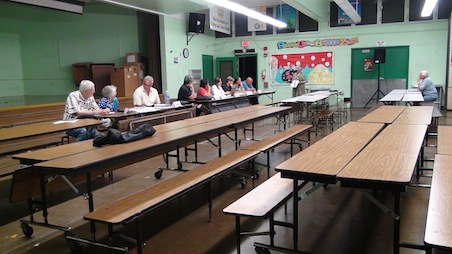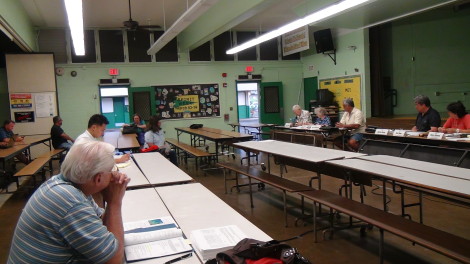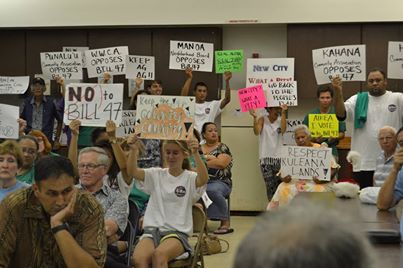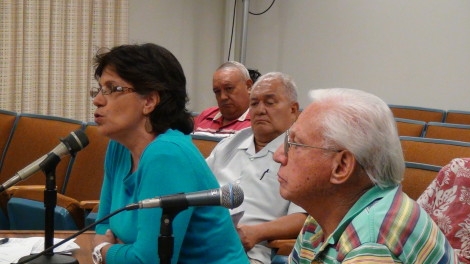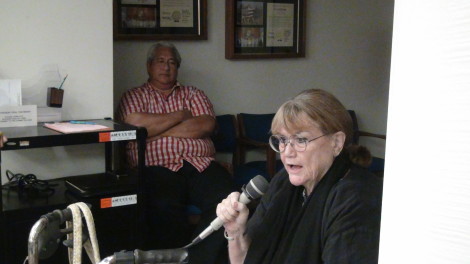AN OPEN LETTER TO THE HONOLULU CITY COUNCIL
Aloha Honorable Chair City Council Ernie Martin (District 2), Ikaika Anderson, Carol Fukunaga, Ron Menor, Kymberly Pine, Brandon Elefante, Ann Kobayashi, Trevor Ozawa, and Joey Manahan.
During the Primary Elections campaign for your seat, ALL four candidates – Robert Bobby Bunda, Dave Burlew, Choon James, Heidi Tsuneyoshi have publicly stated that they are for agricultural lands preservation. Particularly, at the Hauula Candidates Forum and the Kahuku Candidates Forum, the question was asked directly about Bill 1. ALL candidates stated that they were against the alleged 200 homes proposed on so-called “North Laie”. They were against expanding the community growth boundaries between Laie and Malaekahana, a subdistrict of Kahuku. Unless the candidates are lying to get votes, this reflects each candidate’s position.
Additionally, the most robust indication of the general population’s sentiments can be found in Senator Gil Riviere’s position on Bill 1 ( aka Bill 47 or Bill 53). Senator Riviere has consistently testified in person at City Council hearings in support of Bill 1 aka Bill 47 and aka Bill 53, without further amendments to expand the boundary growth into the agricultural Malaekahana area. Senator Riviere has been clear and precise. There is no ambiguity in his actions or words through the years as the Senator for this district. He most recently received a strong 67% of the public vote on August 11, 2018. This reflects a mandate from the people of this area.
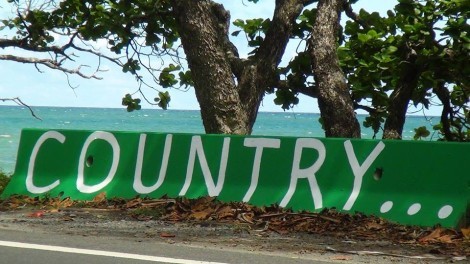
During the past two short months that I myself have campaigned for your City Council seat for District 2, I received the same feedback from our residents.
While I could not quickly share the record of my decades old advocacy and civic activism to garner enough votes in Wahiawa and Mililani Mauka this primary elections, I have again received the confirmation that our residents in District 2 and all over Oahu want to KEEP THE COUNTRY COUNTRY! And it’s not because they are against housing.

They do not want to see the entire island of Oahu paved over and turned into a parking lot. The other issue that is consistently brought up is the costs of living and traffic. Your residents are fed-up and up-in- arms about the Laniakea traffic that destroys their quality of life with daily frustrations and angst of traffic jam. Residents are fed-up with having to work two or three jobs to keep up with the rising fees, taxes and other costs.
From Kahalu’u to Hale’iwa, our small communities are connected by the 100 year old 2 lane Kamehameha Hwy. They are angry that the politicians who supposedly represent them are not considering the carrying capacity of infrastructures in our rural communities and yet continue to lure more and more tourists into the area. They are not happy that farm lands are disappearing and displaced with homes that they cannot afford. No one is against housing but most are leery of gentrification where the most affluent will chase the less affluent out of this region.
As you know, the Ko’olauloa Sustainable Communities Plan has been in limbo as Bill 47, Bill 53 and Bill 1 for the nearly past eight (8) years that you have been in office.
Many of us find it highly unfair and unethical for you, as it appears, to now want to push this Bill 1 through at the very last few months of your tenure as the City Council man for this district.
This Ko’olauloa Sustainable Communities Plan has been in limbo for nearly 8 years; what’s the problem with waiting for a few more months for the new city council member to more fully address it. After all, your staff, Heidi Tsuneyoshi, city council member-elect, has publicly stated her position AGAINST it at various public forums during the campaign.
I submit that there are more questions than answers to the latest Hawaii Reserves, Inc (HRI) proposal in Bill 1. It has not been veted by the community of Laie or at large. Residents-at-large are opposed to sacrificing their quality of life to appease the economic goals of HRI. This include many residents of Laie. If I were the council member-elect, I would engage directly with the residents first, without HRI or its staunch supporter LCA, present.
Laie residents have relevant questions like whether it’s fee simple or leasehold, rental or outright ownership?
Who will be eligible for these homes? Laie or Ko’olauloa region?
What is the price?
What are the terms and conditions?
Is there a buyback clause?
Is there a surrender clause?
What other developments and amenities are in the works not yet revealed and so forth.
Because Mr. Eric Beaver of HRI refused to provide pertinent specifics in writing, who is to say that “affordable housing” could not be cancelled again in the future? It happened in 2008 after HRI raised the hopes and dreams of Laie residents for decades:
“Feasibility estimates pose an unacceptable risk at this time,” Beaver said in the statement. “Cost of the entitlement process, current market and political conditions, moderate community support, and other nearby residential development plans were key factors in our decision to stop the project.
Beaver told The Advertiser yesterday that a combination of factors would have resulted in homes that would cost more than the citizens who were to benefit from it could pay.”
As a matter of public policy, BIll 1 cannot be solely for Envision Laie. Laie is not an island. It has to be ENVISION KO’OLAULOA or even ENVISION NORTH SHORE because Hale’iwa, Pupukea, Sunset Beach, Kahuku, Lai’e, Hau’ula, Punalu’u, Kahana, Ka’a’awa, Kualoa, Wai’ahole, and Kahalu’u are all connected by the same arterial 100-year-old 2-lane country road named “Kamehameha Highway”. The multiplier impacts of this public policy that contradict the existing Oahu General Plan and the Ko’olauloa Sustainable Communities Plan are severe and significant.

Furthermore, may I respectfully urge you to leave a wonderful legacy of protecting the welfare and happiness of our Residents First. My campaign platform of placing a cap on property taxes for local residents who have lived in their homes for 15 years or more is urgently needed. Our senior residents who live on fixed income and social security are afraid of being priced out of house and home. They want to be able to pass on their generational home to their children. This can be done if there is political will. California had their Proposition 13 in 1978. What are we waiting for?
During the course of the campaign, your staff and candidate Heidi Tsuneyoshi also quickly adopted my idea. I consider imitation as the best form of flattery. Certainly, there must be consensus and recognition at this point in time that this is a much-needed action to take to protect our residents. I would be most happy to work with you and all our city council members to begin this process.
I sincerely wish you well in your future endeavors and compliment you for running for the highly-contested race for House of Congress. Please adopt Bill 1 as originally proposed by City Councilman Ikaika Anderson on January 2017 or defer Bill 1 to 2019 for the new city councilwoman-elect Heidi Tsuneyoshi who has stated her opposition to this recent new amendment on her campaign trail.
Mahalo!
Choon James
ChoonJames Hawaii@gmail.com

Choon James has been a successful small businesswoman for 30 years. She’s happily married to her PhD husband for 40 years and mother of four Eagle Scouts and one princess. She has been a long-time community advocate for good government and private property rights. She has also been an activist for Environmental, Social, and Economic Justice. She also works on their family organic farm. She self-financed her recent City Council campaign with no funds from lobbyists or corporations.

